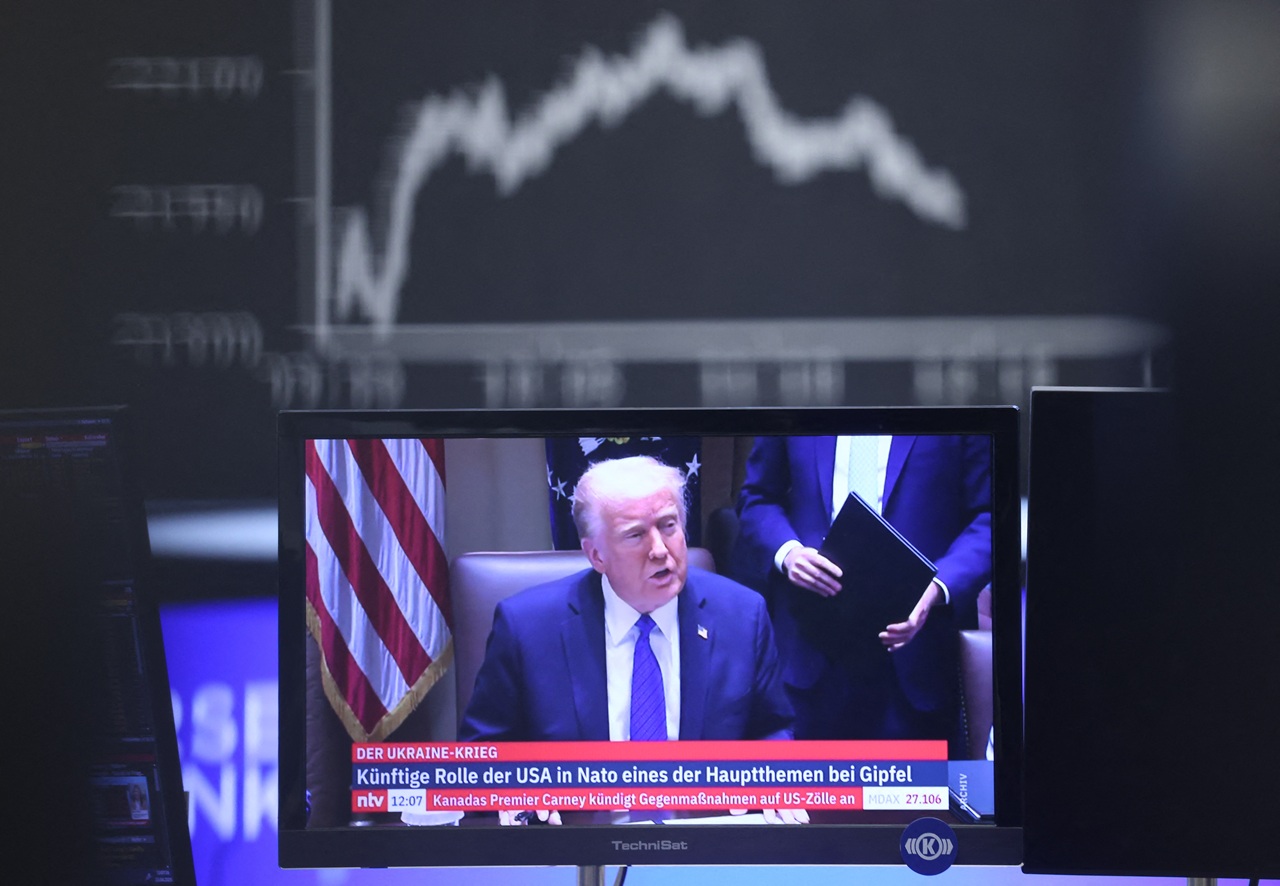
2018: The year the Democratic Party broke its paradigm
The 2018 primary elections have shown a profound change in the ranks of the Democratic Party. Women, minorities and first-time candidates have broken with the…
Those who have followed this year’s primary elections closely should realize that the political scene in the United States is nothing like the way it was perceived in the 2016 elections.
With a president categorized as misogynist, racist, and deeply anti-immigrant, the answer of the Democratic counterpart has been the diversification of its ranks, giving priority to women and racial minorities in a battle that, while not guaranteed, promises to change forever the history of national politics.
For Politico columnist Elena Schneider, the most obvious conclusion just two months before the midterm elections is this: the white man is now the minority among the Democratic candidates for the House of Representatives.
“Democrats have nominated a whopping 180 candidates in House primaries - shattering the party’s previous record of 120, according to the Rutgers’ Center for American Women and Politics,” Schneider explains. “Heading into the final primaries of 2018 this week, Democrats have also nominated at least 133 people of color and 158 first-time candidates to run for the House.”
Through grassroots political campaigns and nontraditional strategies, Democratic candidates have fought hard in districts where incumbents are retiring and even where the tradition is historically Republican.
According to Martha McKenna, a Democratic consultant, the formula has been radically different from the traditional one: “When a state legislator runs for Congress, that’s the formula we know. But when a nurse or a mom or a young veteran decides to run, their campaign looks and feels different, and in 2018, there’s a lot of power in that.”
More specifically, the formula with the most success in these primaries has been that of the woman who represents a minority.
RELATED CONTENT
According to an analysis carried out by Morning Consult between August 24 and 26 with 1,970 registered voters, the Democratic voters “favor female candidates over male ones by a net 19 percentage points.” Likewise, voters “are also more likely to prefer candidates who are Native American, black or Hispanic over white candidates.”
Even more striking have been the cases of House Democratic Caucus Chairman Joe Crowley (D-NY) and Rep. Michael Capuano (D-MA). Both are progressive but white and male, ultimately losing the nomination of their party to the liberal base represented by Alexandria Ocasio-Cortez and Ayanna Pressley, respectively.
The report explains, in the words of Sean McElwee, Democratic activist and co-founder of Data for Progress, that “those victories spoke to the power of descriptive representation, where constituents want their elected officials to represent them from a demographic perspective rather than just on matters of policy.”
On the other hand, and in a rather contrasting way, the Republican Party continues to prefer the model of the male and white candidate over the formula of candidates representing minorities by approximately 16 percentage points.
According to an analysis carried out by David Wasserman of the Cook Political Report on the future of the U.S. House: “After November, Democrats could expand their ranks of women by more than a third. Meanwhile, the GOP’s ranks could shrink by up to a third.”
Much of what pushed this change in the Democratic Party was the overwhelming #MeToo movement, which arose on day one of the Trump administration, as well as the antagonism of the political left wing to the measures adopted by the government around tax reform, reproductive rights, and immigration.
If the midterm elections are considered a “tacit evaluation” of the performance of the government in office, things could turn out very badly for the Trump administration.











LEAVE A COMMENT: